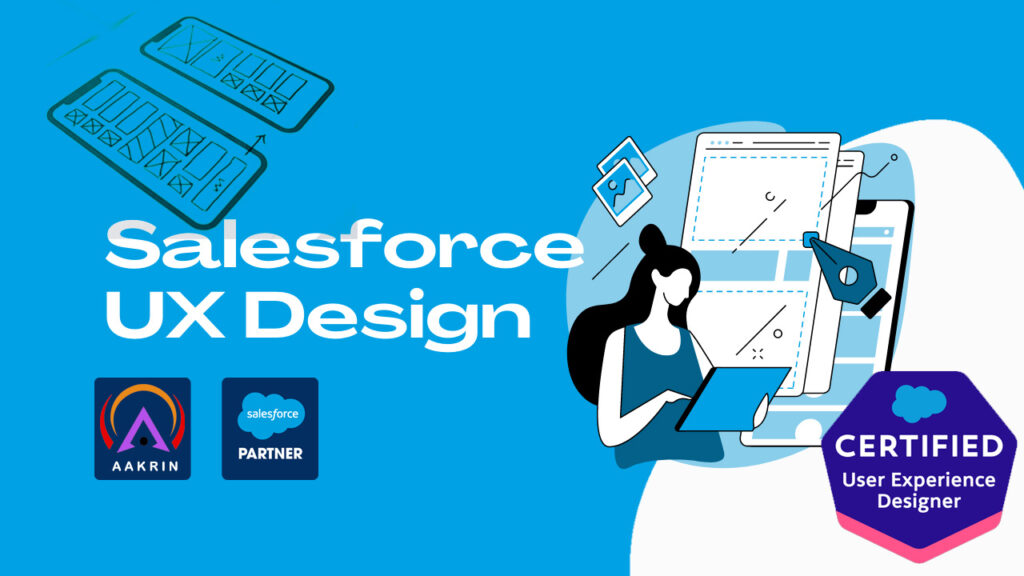
What Is a Salesforce UX Designer and What Do They Do?
The Salesforce UX Designer career path was established in 2021.
Individuals in this role focus on creating user-friendly designs on the Salesforce platform by listening to customer needs and enhancing interfaces.
Two certifications are available for aspiring designers:
UX Designer, who optimizes interfaces for human-centered experiences,
Strategy Designer, who develops strategies for successful Salesforce initiatives.
Designers collaborate with various departments, such as admins, developers, and content creators, to improve user experience.
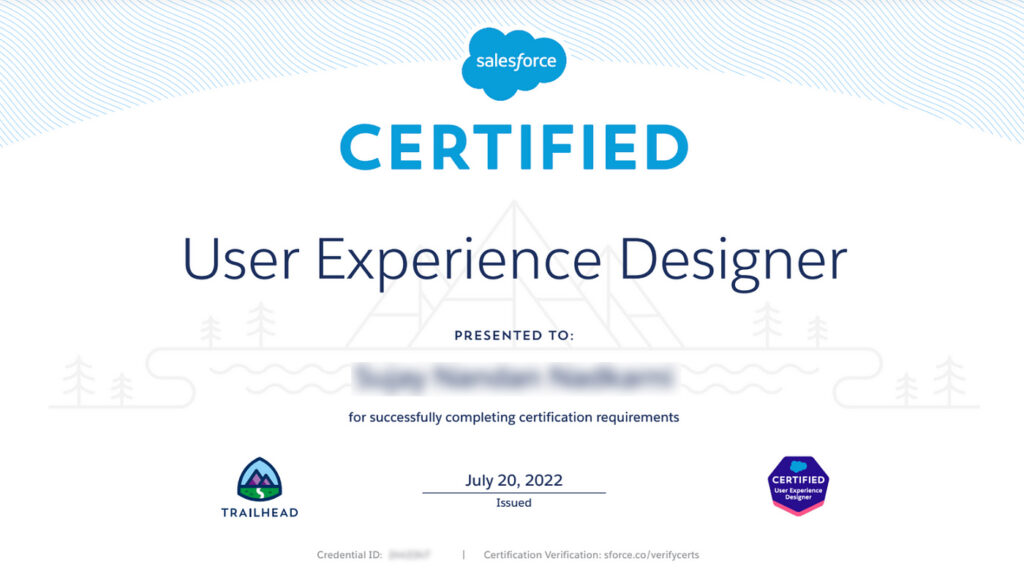
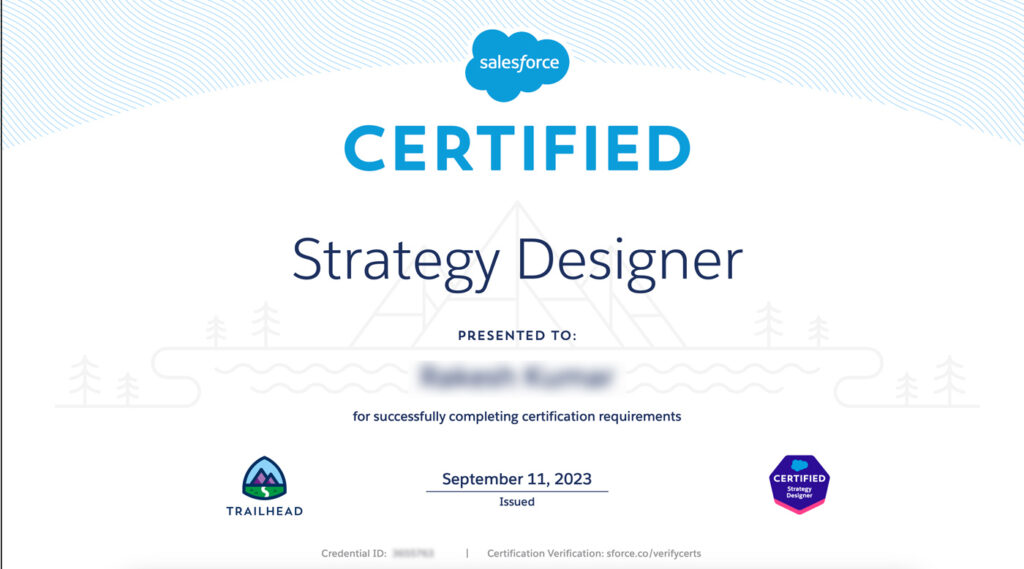
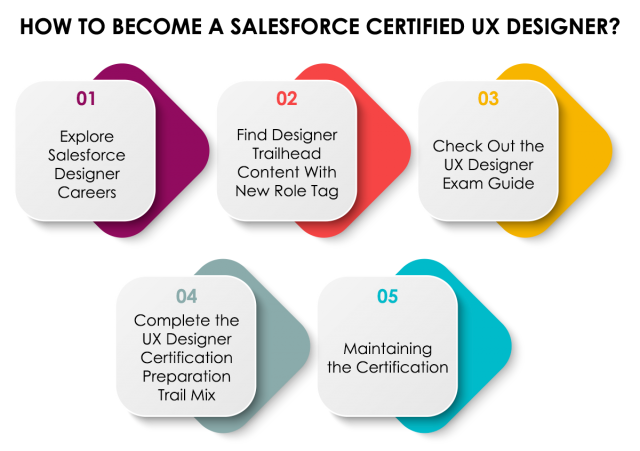
The Importance of Good Design
The first things to ask when designing for users are:
- Who will your audience be?
- What does the site or service offer?
- How can visitors come in and easily find what they’re looking for? And more importantly, how can you get them to come back?
Designers need to consider and anticipate every interaction and challenge users may face.
By creating straightforward and user-friendly experiences, companies can not only retain repeat customers but also ensure that visitors leave content with the information they sought.
Despite the belief in some companies that they can delegate design tasks to admins, developers, or architects, those who have invested in a designer have witnessed substantial return on investment, improved customer relationships, and long-lasting brand loyalty.
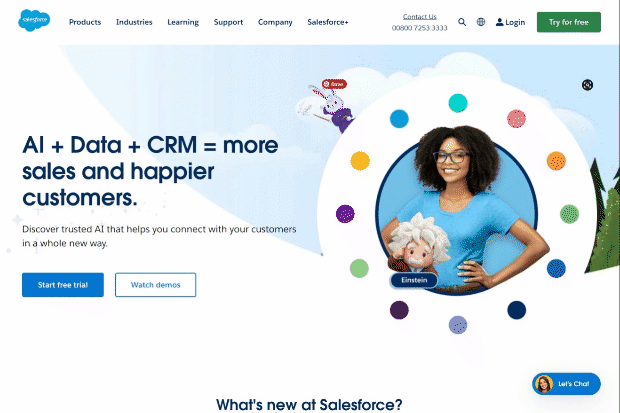
“There are no shortcuts to great design. We advocate for Trailblazers doing impactful design from all roles and backgrounds recognizing that Developers, Admins, and Architects all design in their own unique ways and that design is a team sport while also equipping emerging professional Salesforce Designers with a career pathway to success.”
– Adam Doti, Salesforce VP & Principal Architect Design
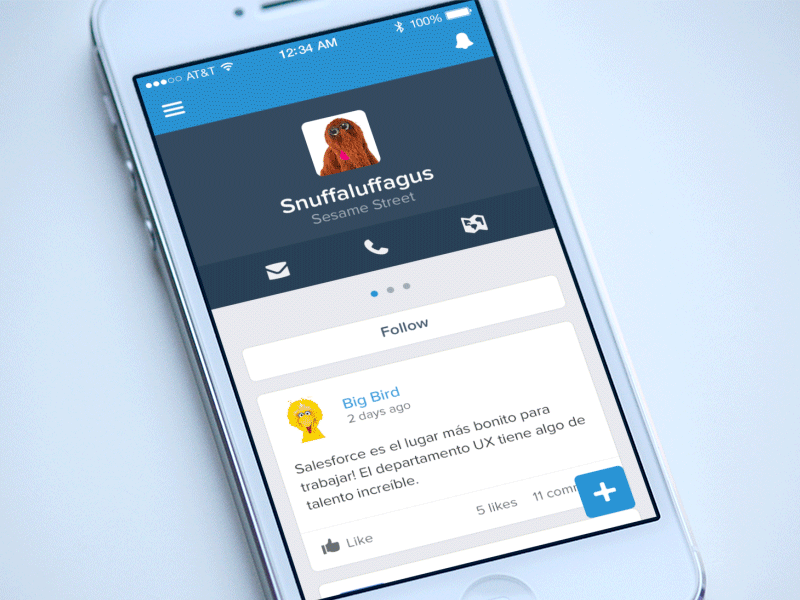
What does a UX Designer do on a technology platform?
Designers use the technology platform as a canvas, especially with Salesforce, where they utilize SLDS as their creative tool. Their main focus is on solving problems creatively throughout the entire user experience journey.
Collaboration is key for designers, as they partner with various roles within the organization, such as developers, architects, content creators, and admins. These collaborators work together to build, integrate, and customize platform features for business users in sales, marketing, and service roles. The designer’s role involves tasks like user research and creating visual elements for the Salesforce platform, as well as aligning strategic direction with business needs. Achieving this requires a diverse set of skills.
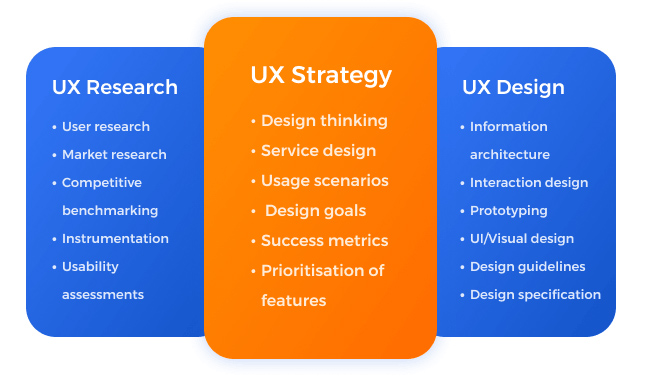
What type of skills does a UX Designer need, and can another team member fill that role instead?
Encouraging all team members to develop design skills and appreciate good design is valuable, but the most impactful strategy is to bring a dedicated UX Designer on board. This allows individuals to concentrate on their primary responsibilities without spreading themselves thin, which can lead to issues related to quality and timing. Despite the evident advantages of having a dedicated UX Designer, some businesses hesitate to invest in design, often due to a lack of clear connections between design and overall business health.
According to the McKinsey report, senior leaders may be reluctant to allocate limited resources to design functions without a clear understanding of how design contributes to business success. This reluctance is problematic, as the research suggests that key drivers for a strong and consistent design environment often require company-level decisions and investments.
The advocacy for good design follows a “yes, and…” mindset. While it’s beneficial for all team members to enhance their design skills, it’s equally important to support designers who have chosen a specialized career path. Embracing both aspects elevates design as a powerful business tool, particularly when creating and implementing human-centered experiences on a technology platform. The concept of targeted universalism reinforces this approach, emphasizing the establishment of universal goals while employing specific strategies to achieve them.
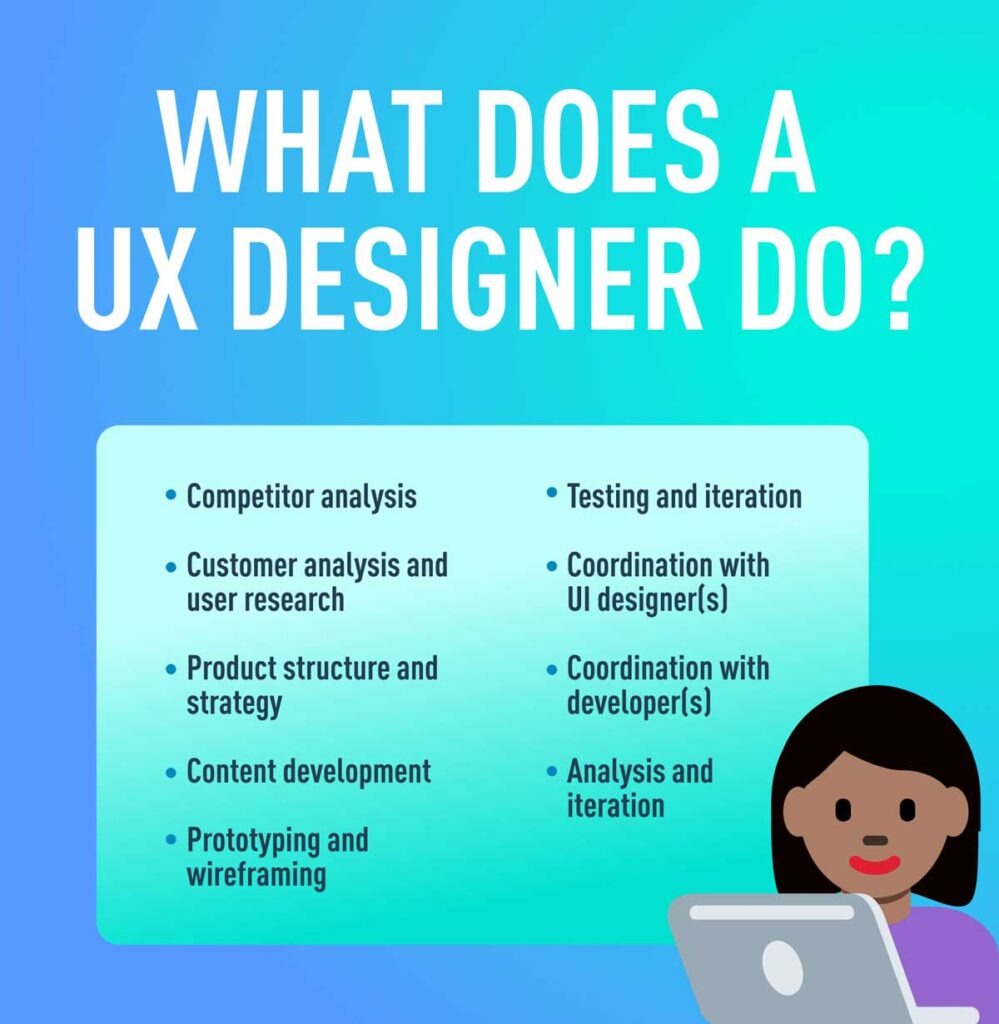
“Successful design was always in service to the humans using the systems — making it easier, more beautiful, more efficient, and delightful. Design is an outcome, and it’s also a process.“
– Joel Fariss, Halibut Flats R&D
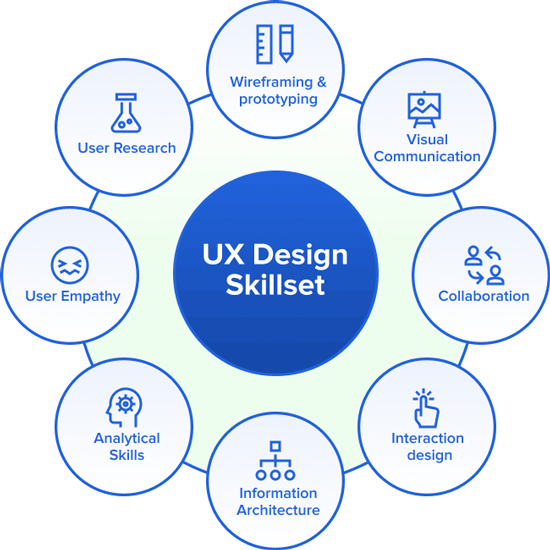

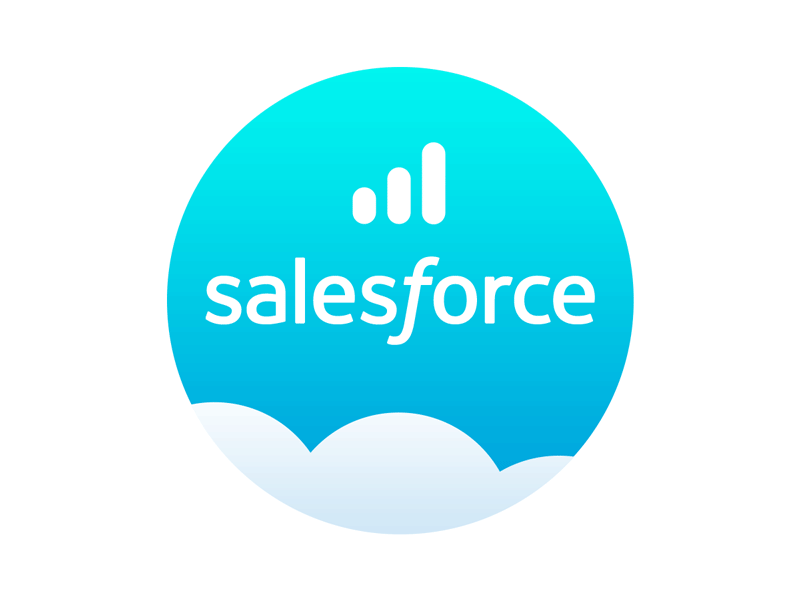
I have been browsing online greater than three
hours lately, yet I by no means discovered any fascinating article like yours.
It is beautiful worth sufficient for me. Personally, if all website owners and
bloggers made good content as you did, the web will
likely be a lot more useful than ever before.